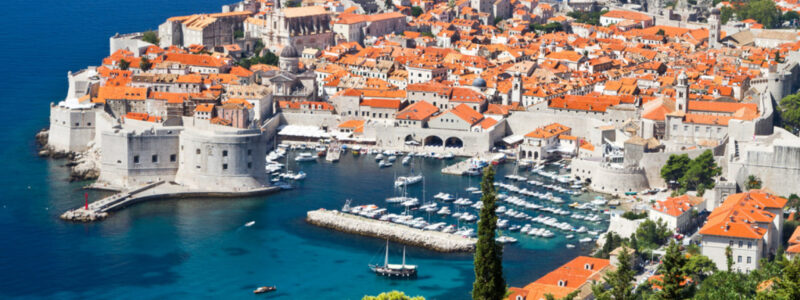
According to the Arvio report for the first quarter of 2025, 7.19% of all real estate transactions in Croatia were concluded by foreigners. The most active among them are:
· Slovenia — about 30.2% of transactions with foreigners
· Germany — approximately 21.1%
· Austria — about 10.4%
Buyers from Ukraine did not make it into the top 10 list of the most active real estate buyers in Croatia, but there are dozens of transactions involving Ukrainians purchasing real estate in Croatia.
At the same time, Ukrainian buyers are quite noticeable in the Balkans as a whole — in Montenegro, they ranked 11th among foreign real estate buyers, and in Bulgaria, they are consistently among the top 10 most active investors.
In recent years, the number of deals concluded by foreigners in Croatia has been declining:
· 2022 — ~ 13,344 deals
· 2023 — ~ 12,278
· 2024 — ~ 11,623 deals
Foreign buyers are particularly active in coastal regions such as Istria and Kvarner, as well as in areas popular for vacation and secondary housing. New apartments and houses that require minimal renovation or are immediately ready for occupancy or rental are in particularly high demand.
Real estate prices in some regions of Croatia are showing steady growth — about 10% per year. In coastal and tourist areas, average prices for new projects and apartments are significantly higher than the market average.
Given current trends, it is predicted that the share of foreign buyers in the total volume of transactions by the end of 2025 will remain within 8%, possibly declining slightly due to rising prices and housing affordability issues. Prices on the coast are expected to grow faster than average, driven by supply shortages, high tourist demand, and a focus on new properties.
There is also likely to be increased demand from Europeans in neighboring countries (Slovenia, Austria, Germany) and “returning diaspora.” As for purchases from countries outside the EU, the situation is less clear, and no significant flows have yet been recorded in public sources.